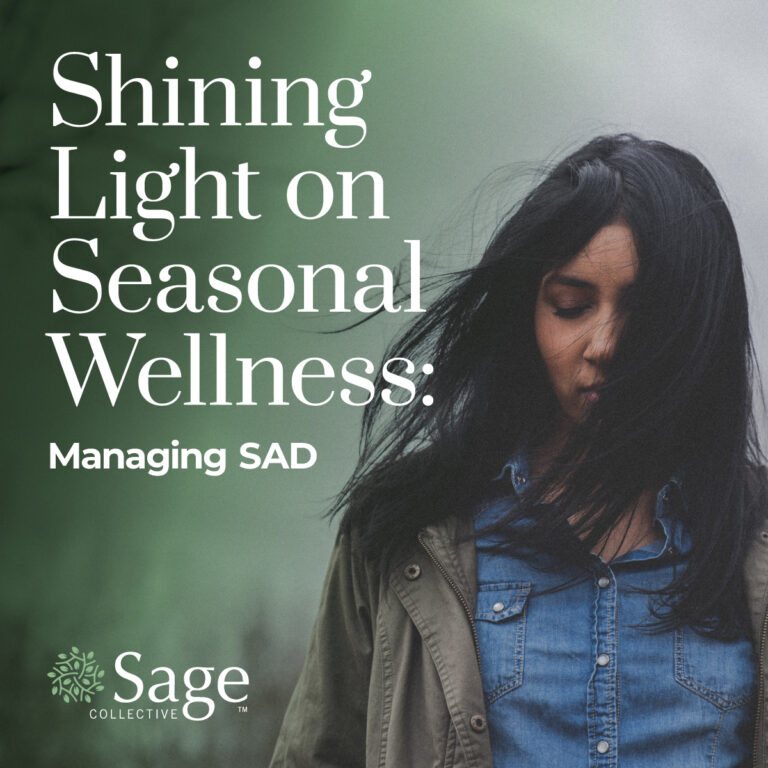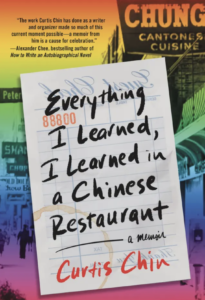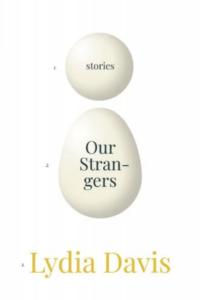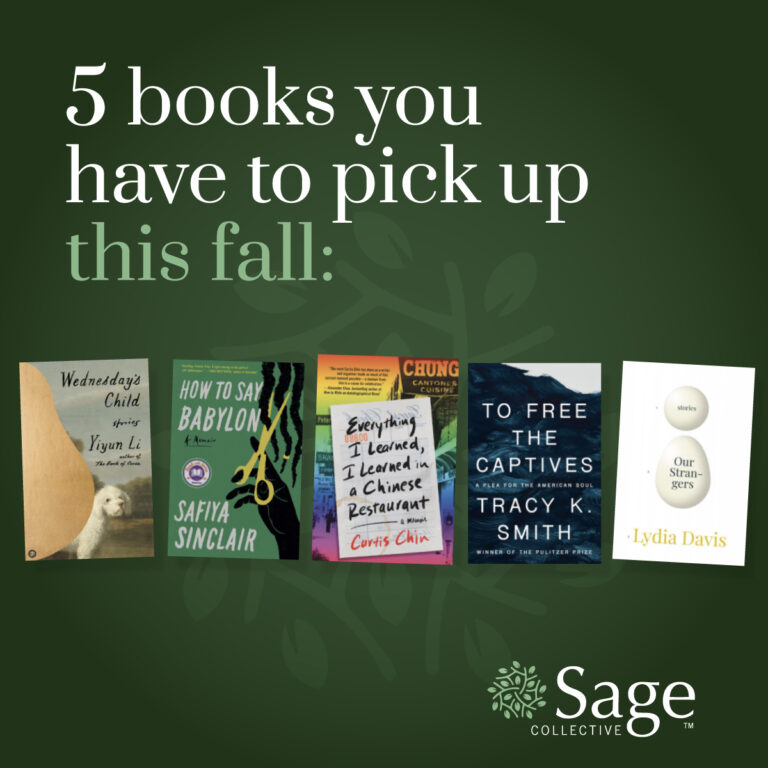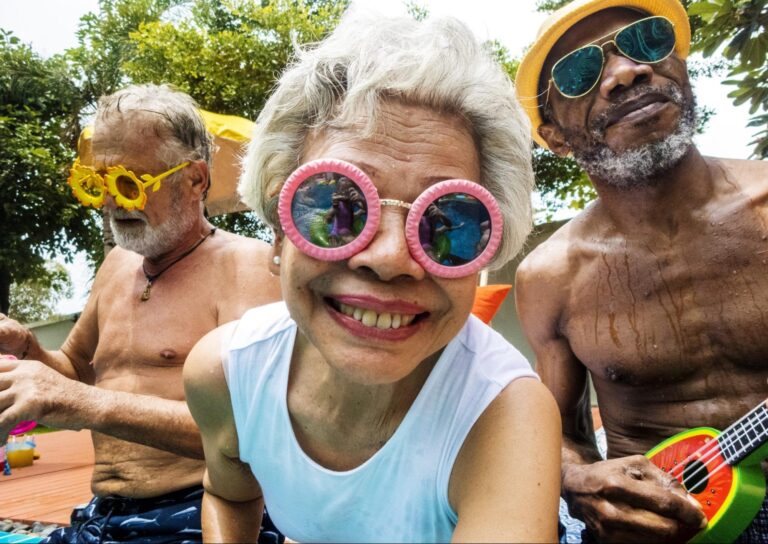Embracing Food as Medicine
At Sage Collective, we often explore the different facets of vibrant living, and one aspect that continually resonates is the relationship between our diet and health. The age-old adage, “You are what you eat,” rings especially true as we delve into the concept of food as medicine – a philosophy that aligns perfectly with our journey towards holistic wellness.
Rooted in ancient practices like Ayurveda and Traditional Chinese Medicine, the idea that food can be used as a healing tool has been around for centuries. Today, modern nutritional science echoes these traditions, highlighting how our dietary choices can significantly influence our health and well-being.
Imagine your kitchen as a treasure trove of medicinal remedies. The foods we choose to consume can act as powerful agents in preventing and managing various health conditions. For example, leafy greens and berries, laden with antioxidants, fortify our defenses against chronic illnesses. Foods rich in omega-3 fatty acids, like walnuts and fatty fish, are not just tasty but also champions for heart health.
Our dietary habits play a crucial role in shaping our health landscape. Heart disease, diabetes, and hypertension – prevalent concerns in our community – are deeply linked to what we eat. By focusing on a balanced diet, rich in whole foods, we wield the power to reshape our health and reduce the risk of these conditions. The gut microbiome, an ecosystem within us, is crucial in maintaining our health. Foods that are friends to our gut – think probiotics like yogurt and fiber-rich vegetables – not only enhance our digestive health but also strengthen our immune system, a key factor in vibrant living.
Recognizing that one size does not fit all in nutrition, personalized dietary choices cater to our unique health requirements. This approach, emphasizing individuality, is at the heart of treating food as medicine. The connection between our diet and mental health is an area of growing interest. Nutrient-dense foods not only nourish our bodies but also our minds, influencing our mood and cognitive functions.
While we champion the idea of food as medicine, it’s essential to remember that it’s not about strict dietary limitations or deeming certain foods as off-limits. It’s about balance, variety, and making mindful choices that enhance our health without sacrificing the joy of eating.
As we continue on our path of vibrant living, let’s view our dietary choices as joyful selections for health. Our plates can be a palette of nourishing, flavorful foods that serve as our daily dose of medicine. Embracing this holistic approach, we not only cater to our physical health but also to our overall sense of well-being and joy.





